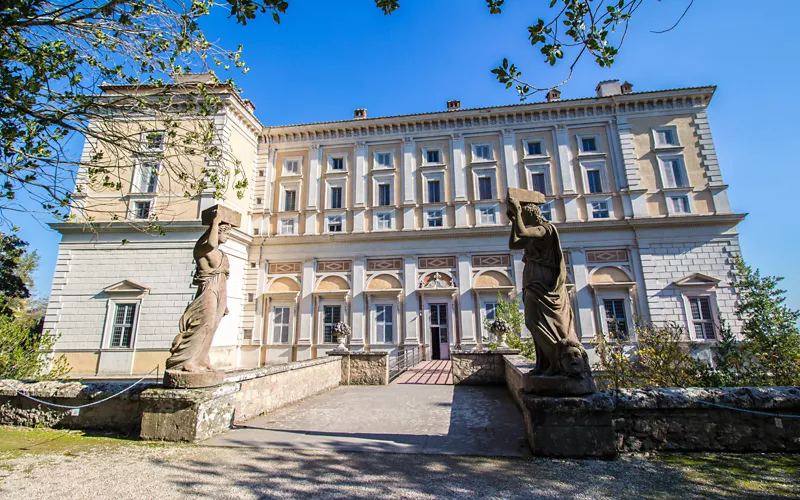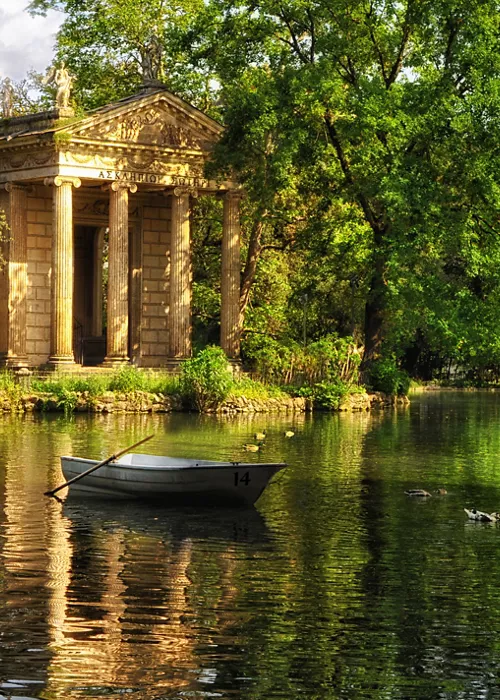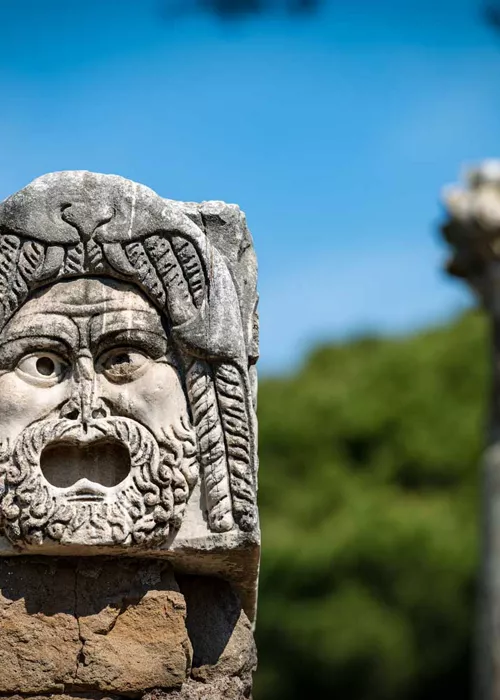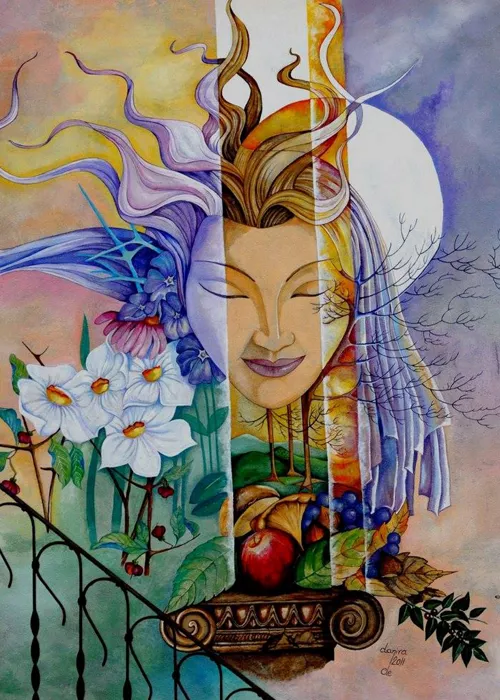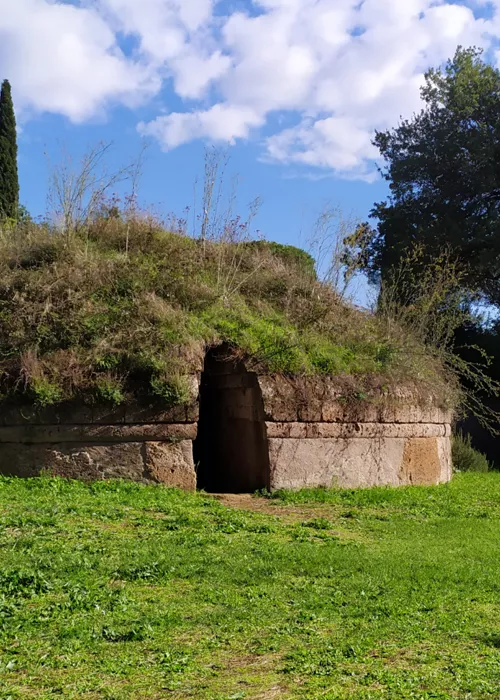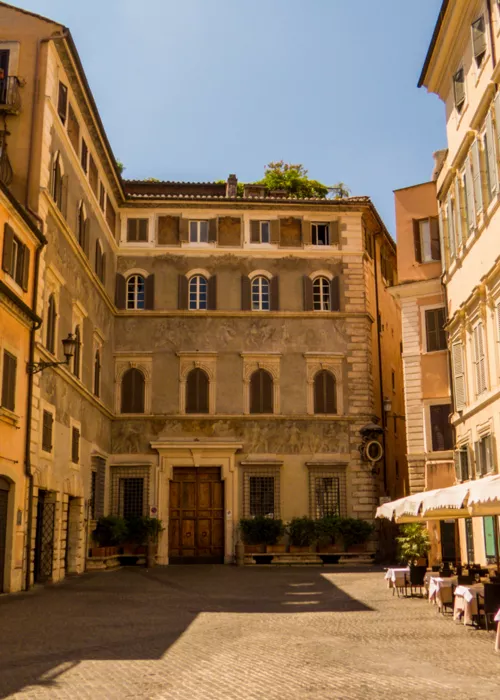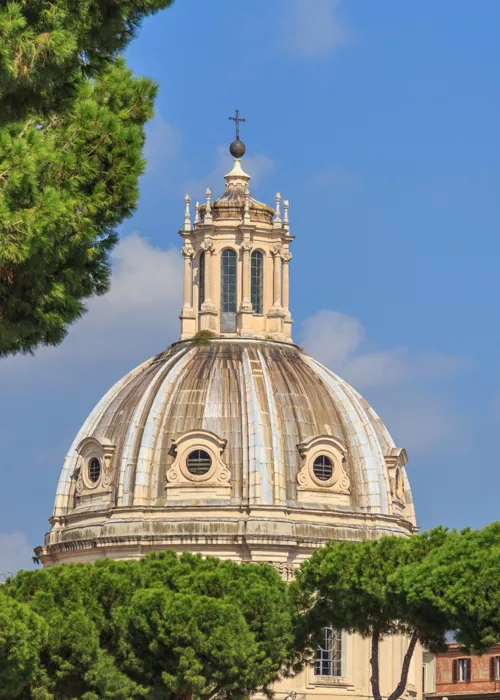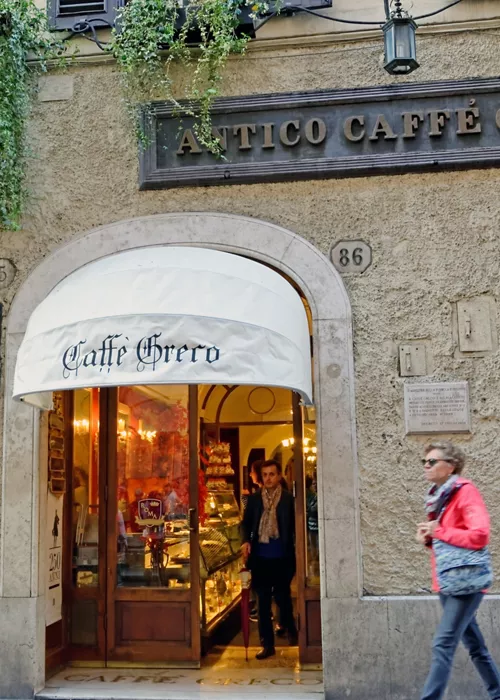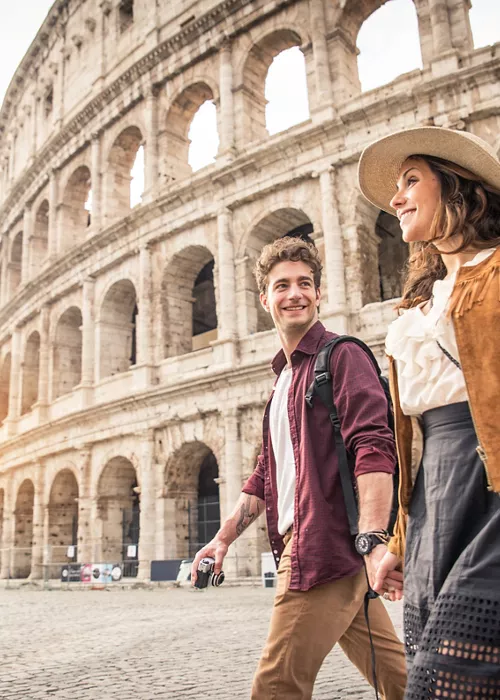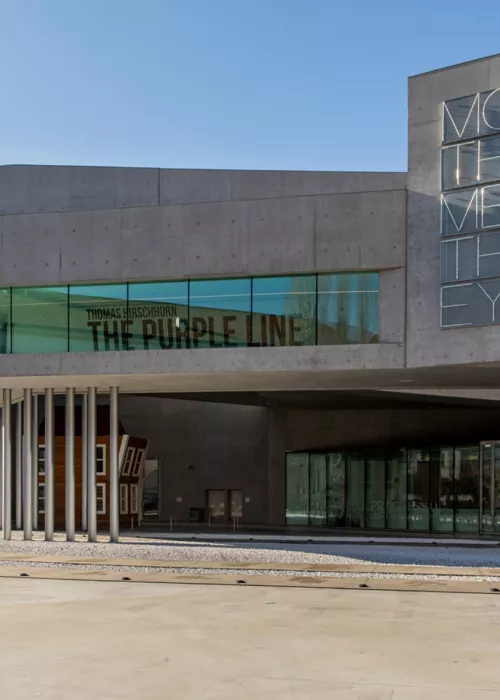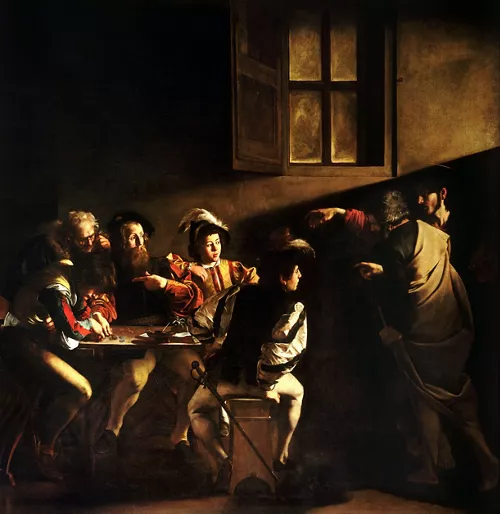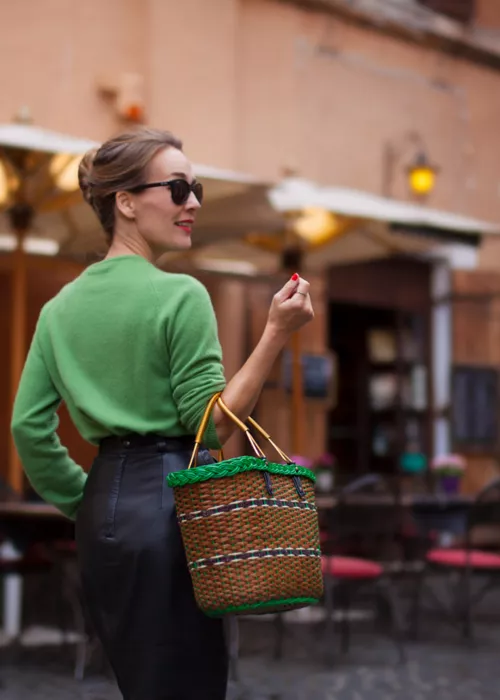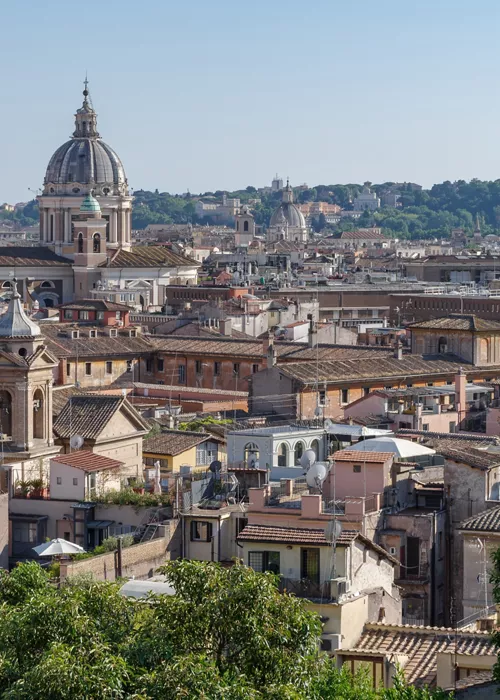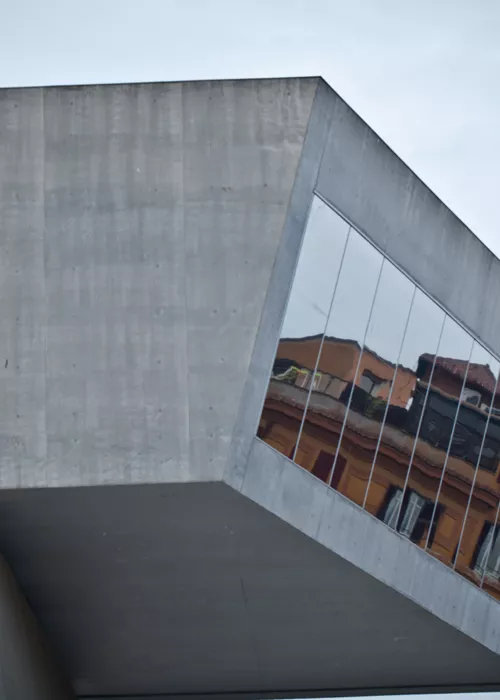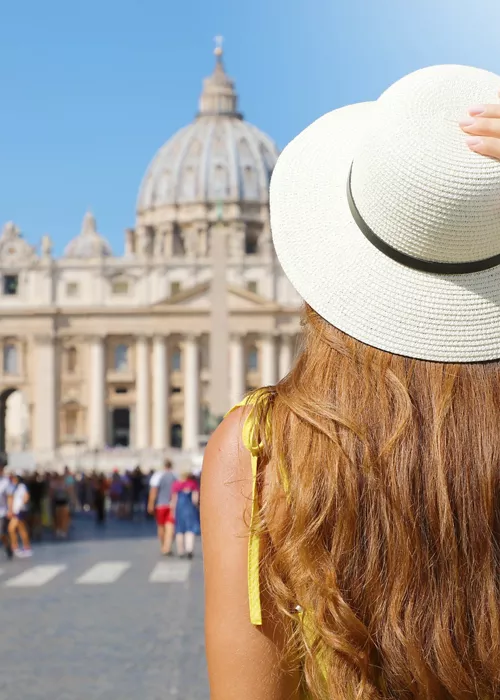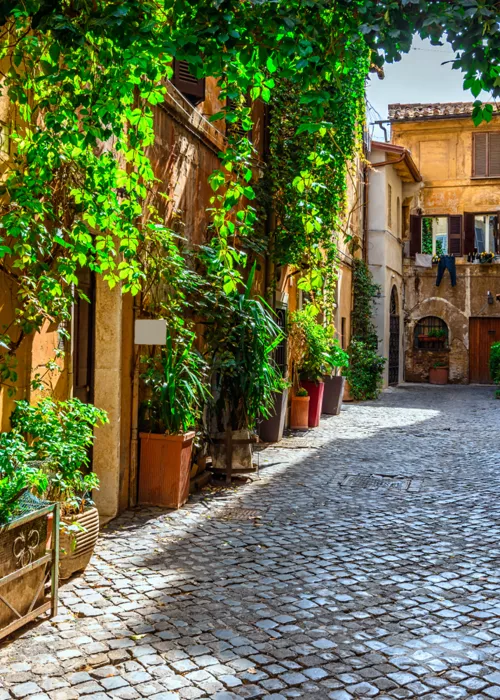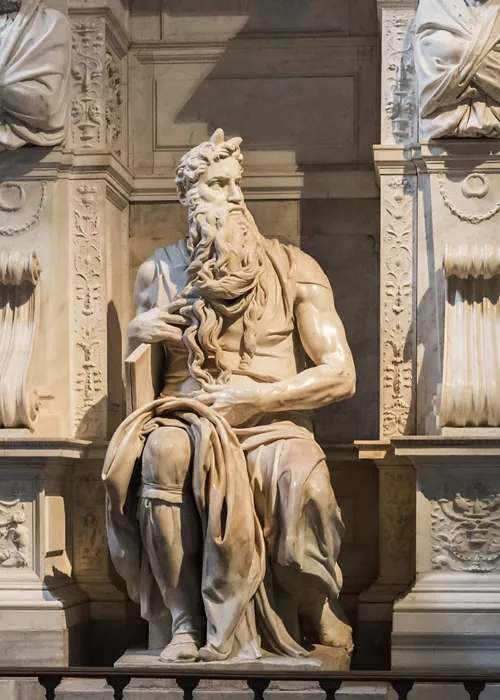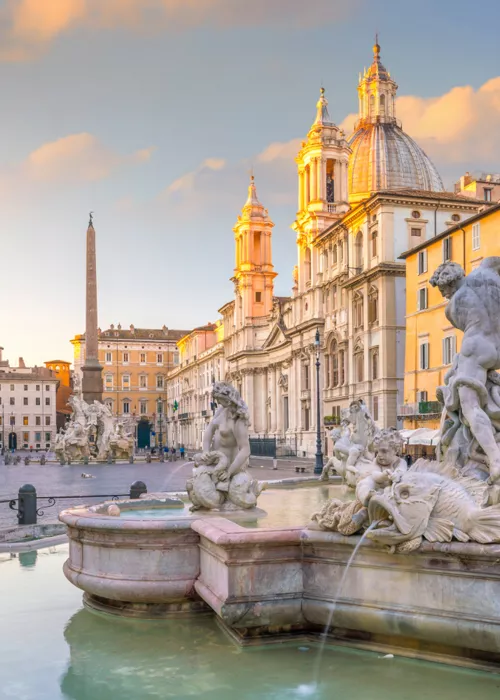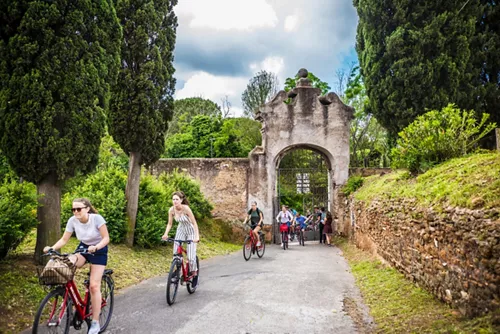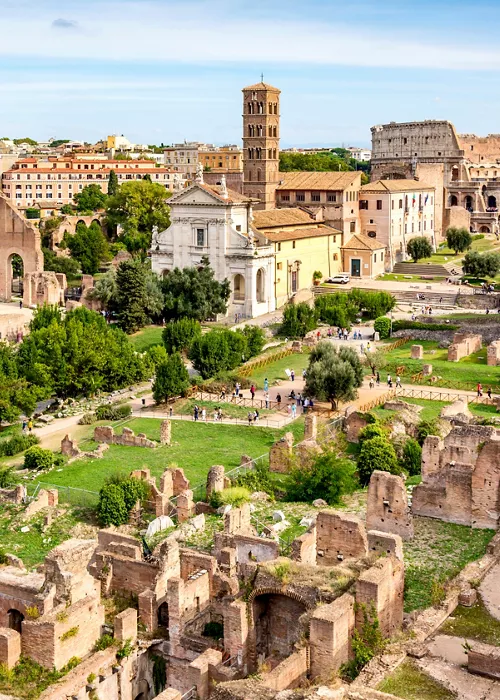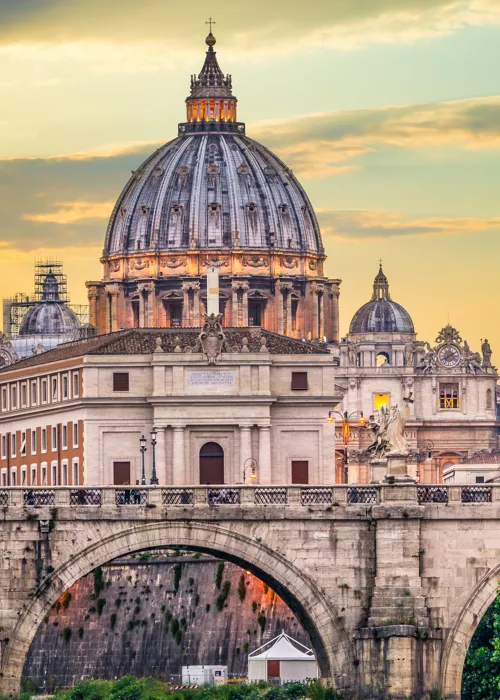Palazzo Farnese in Caprarola, Renaissance residence par excellence
In Caprarola, in the heart of the ancient Etruscan territories in the province of Viterbo, the landscape is dominated by Palazzo Farnese, one of the best examples of Renaissance residences, commissioned by the noble Farnese family who gave a pope to the Church to celebrate its splendour.
Even the medieval village around the palace was remodelled to enhance the access road, while gardens with fountains surround the grandiose building. A must-visit on any trip to Lazio.
The Farnese Pentagon
Also called Villa Farnese, the sumptuous building dominates Caprarola. Commissioned by Alessandro Farnese, later Pope Paul III, who entrusted its design in the early 16th century to Antonio Da Sangallo the Younger and Baldassarre Peruzzi so that it could become a fortress, the Palazzo has a pentagonal plan and a circular courtyard in the centre.
Once ascended to the papal throne, work was interrupted and then resumed by his nephew, the cardinal of the same name, Alessandro Farnese, who transformed the building into a villa based on a design by Jacopo Barozzi, known as the Vignola. To add prestige to the palace, Cardinal Farnese had the ancient mediaeval town gutted to build a 600-metre-long Via Dritta as a scenic access route to the square above the building.
The Farnese Palace in Caprarola, now open to visitors and owned by the State, is a treasure trove of works of art. Beautiful frescoes adorn the interior, from the Angels Room to the Chapel to the Farnese Fasti room, with paintings celebrating the stages of the family's dazzling rise from the Middle Ages to the Renaissance, which also gave Spain a queen, Elisabetta, wife of Filippo V. A spectacular spiral staircase resting on 30 Doric columns, which can be walked on by horses, leads to the upper floors.
Bewitched by the beauty of the place and the ingenuity of the architects who worked on the Palazzo Farnese as well as on the urban redevelopment of the village and the creation of the gardens, Prince Charles of England wanted his School of Architecture in Caprarola in the mid-1990s.
The garden of Palazzo Farnese
Cardinal Alessandro Farnese devoted great care to the greenery of his villa by having Vignola create a large park that would dialogue with the surrounding woods. At the back of the palace, an Italian garden leads to a more natural area leading to the cardinal's retreat, the Casina del piacere, which is reached in a riot of fountains (the most majestic being the dolphin fountain), sculptures, water features and boxwood mazes.
The building, also crowned by another geometrically shaped Italian garden, was the summer residence of the President of the Republic Luigi Einaudi from 1948 to 1955.
What to see in Caprarola
Also to be visited in Caprarola are the numerous churches, medieval castle ruins of the Di Vico family, bridges, fountains and stairways. Also the work of the Farnese is the great Scuderia, an imposing building 100 metres long that could house up to 120 horses.
From Caprarola, a beautiful walk in the green (about 4 kilometres) leads to the shores of Lake Vico, a basin of volcanic origin surrounded by the Cimini Mountains along which there are trekking routes. But you can swim in the waters of the lake in summer. The area is protected and despite its attractive beauty has avoided building development.
The land of hazelnuts
Caprarola is the Italian capital of hazelnuts. In its countryside there are extensive hazelnut groves that produce high quality fruits that have the European PDO quality mark with the name “Roman hazelnut”. Between the end of August and beginning of September, the annual Hazelnut Festival is held, a festival much attended by the local population with a parade of floats and costumed characters.



